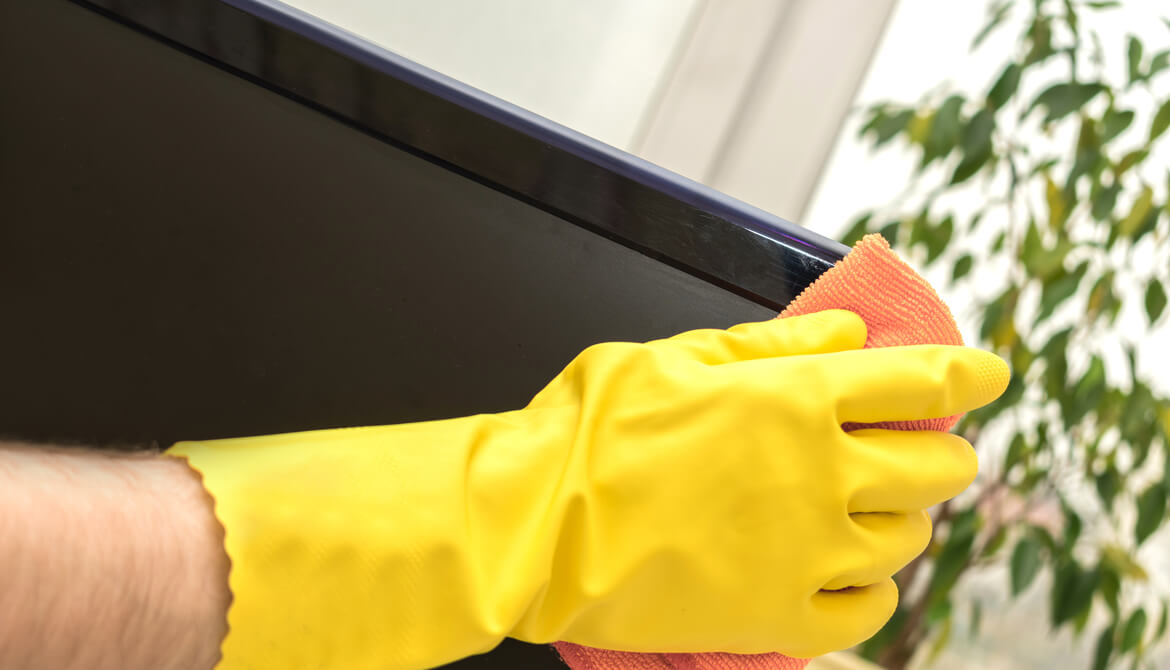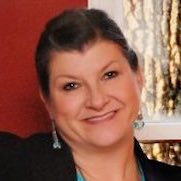7 minutes
Two credit unions describe their practices for branches, ATMs and staff.
Changes are happening at warp speed in the current coronavirus environment. Two credit unions share their processes in keeping their sites clean and employees safe. This includes keeping structured cleaning schedules, separating staff to ensure good health and robust staff communications to keep morale up.
Branches and ATMs
What are the considerations for keeping lobbies open or going drive-thru only during the COVID-19 pandemic crisis? What considerations are there for shortening hours?
$3 billion SAFE Credit Union, Sacramento, California, is taking serious steps to keep branches safe and sanitized during the pandemic while lobbies remain open, except for Saturdays.
“However, we have reduced operating hours by an hour a day,” says Jon Jaeger, AVP/retail strategy. Reducing hours means the credit union can have just one shift at each branch, thereby requiring fewer staff members to be at each branch each day. “The reduction will help accommodate those who can’t come into work while caring for family members,” Jaeger adds. “One shift also helps to maintain sufficient staffing levels to service members’ needs.”
SAFE CU is implementing in-branch cleaning precautions including providing hand sanitizer for members and staff at all service windows and desks. It has also increased its overnight janitorial cleaning, and throughout the day, branch staff is regularly sanitizing counter surfaces, door handles, ATMs and glass barriers.
“While we’re not limiting the number of members allowed into the branch at a time, we are encouraging social distancing,” continues Jaeger. “We’re also reminding members who do come into the branches that our call center and digital banking services are available if they prefer. This gives members the option for less in-person interaction and greater peace of mind.
“It’s also a unique opportunity to reiterate and share all our 24/7 solutions—ATMs, the SAFE mobile app, online banking through safecu.org, and our automated phone service program, CALL-24,” he adds. “These are a convenience, but during the pandemic, many rely on digital access as a necessity.”
$978 million University of Kentucky Federal Credit Union, Lexington, closed its branches to lobby traffic and its student center branch entirely on March 18. Plus, cleaning efforts have been enhanced.
The regular cleaning crew continues its work every night, but branch staff have stepped up to clean throughout the day. At its corporate office building, employees have volunteered to take on a floor, and they’re cleaning every hour. They are also wiping down doorknobs, hard surfaces, handrails, etc.
“We’ve provided gloves to all branch staff that they wear throughout the day,” explains CUES member Michelle Bliffen, VP/HR. “We also have a COVID-19 ‘sanitizing log’ for all locations that we are managing in SmartSheet. Each branch has identified teams that clean hourly, logging what is being cleaned and by whom. Money isn’t being sanitized, but we are cleaning drive-thru items, such as the tubes and even pens.”
What are you doing to keep ATMs clean and safe?
SAFE CU cleans all of its ATMs regularly during normal operations and is doing even more during this pandemic. Jeanne Holmes, AVP/payment systems and ATMs, strongly encourages everyone to continue to use good hygiene practices after using any ATM. She notes that daily withdrawal limits are different for each member, and the leadership team is finalizing plans to increase daily limits by member request in response to the COVID-19 situation.
University of Kentucky FCU is also thoroughly wiping down its ATMs and drive-thru lanes every couple of hours. So far, it hasn’t changed ATM withdrawal limits but will continue to review ATM activity for higher than normal transactions.
Staff Considerations
Are you separating teams or putting staff into different buildings as an added safety measure?
In accordance to shelter-in-place orders by the State of California and Sacramento County, SAFE CU has relocated two of its three teams from its all-local (centralized) call center to another branch and the headquarters.
“We’re also encouraging team members who can work from home to do so,” adds Erica Dias, VP/marketing. “This has freed up space in our corporate headquarters to practice social distancing, ensuring employees can work six feet apart. Additionally, our IT team worked diligently to ensure the technological infrastructure was in place to allow this quick response.”
Dias says SAFE CU scoured all the Best Buys in the region to buy more than 100 additional laptops. The IT team also hustled to install monitors and laptop docking stations at all desks in corporate headquarters to provide extra workspace to allow for social distancing. The team also boosted servers to ensure they could handle the increased virtual private network traffic from employees logging in remotely.
University of Kentucky FCU is also sending people home to work as much as possible and spreading people out who remain at the office. “Currently, 72 of our 199 employees are working from home,” notes Bliffen. “Our IT department accomplished this in less than a week by utilizing PCs we had just replaced. As an additional safety measure, we’re eliminating movement of staff between branches. That way, if one person gets sick at one branch, we can contain it there, close that branch, and wait for the virus to clear. If we allowed people to move between branches, and if a person were to get sick, it could potentially spread throughout the entire organization.”
University of Kentucky FCU is planning to separate its call center staff into two different locations. “We have spread them out in their current location, making sure there is at least one empty cube between each employee, but we plan to relocate half to our old corporate office. We still have a branch in that building and will move call center staff to the second floor. That way, if one person gets sick, we can close half but not the entire call center.”
“Additionally, our maintenance crew is making all deliveries between branches, and we are using the two sets of doors at each location as a make-shift ‘air chamber,’” Bliffen continues. “For example, the crew will open the outside doors and place the delivery item inside and leave. Then, the branch staff open the interior doors and bring the items inside.”
How are you communicating with staff regarding branch operations and COVID-19?
SAFE CU’s leadership wants to ensure it is fully hearing staff concerns and responding accordingly.
“We have added daily morning calls prior to opening with all our retail managers and executives to revisit any previous days’ communication or developments and provide a forum to discuss feedback or concerns as needed,” Jaeger says. “These serve as much-needed daily updates and a chance for staff to ask questions.”
The credit union has also devoted a web page for members.
At University of Kentucky FCU, Bliffen and her CEO, CUES member David Kennedy, tag-team on all COVID-19 staff communications.
Kennedy sends out an email blast to all employees almost daily with a high-level summary of where the credit union stands.
“Our governor speaks every day at 5 p.m.,” explains Bliffen. “I watch that press conference, summarize the key points and new guidance, and tie them in with our decisions and action steps. I call them our ‘COVID-19 Daily Updates,’ and they have been very well received.”
Communications are then compiled on the COVID-19 page of the credit union’s intranet, so everyone can view them without having to search back through emails. “We’ve also created a project in SmartSheet so we can track our decisions, changes and actions. It might be overkill, but if someone asks what we did, I will be ready with the information.”
Bliffen also sends an email message every morning to the 70-plus employees who are now working from home.
“These emails provide tips for working from home—since most have never done so before,” she adds. “And I encourage staff and their managers to have daily check-in meetings and to have some fun. For example, I might share a meme or cartoon related to working from home to lessen the anxiety that may come from working alone or being in a completely different setting.
“We also ask the work-from-home team to share photos of their ‘co-workers’—pets, children, and spouses,” says Bliffen. “All have responded positively to the changes, and I have been impressed with their flexibility. Honestly, we have seen such an incredible amount of teamwork come from this. I don’t want it to happen again, but we are looking for the positives everywhere we can.”
Stephanie Schwenn Sebring established and managed the marketing departments for three CUs and served in mentorship roles before launching her business. As owner of Fab Prose & Professional Writing, she assists credit unions, industry suppliers and any company wanting great content and a clear brand voice. Follow her on Twitter @fabprose.






